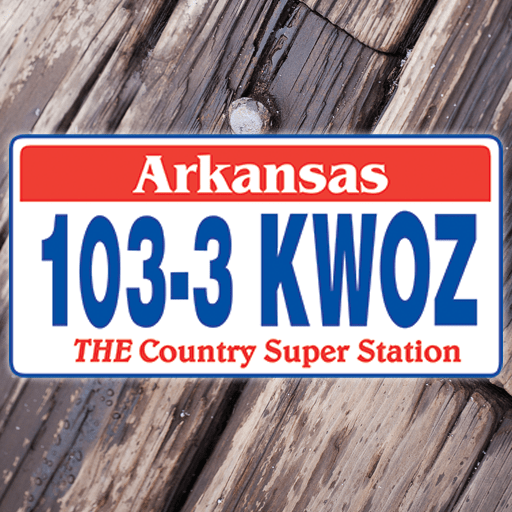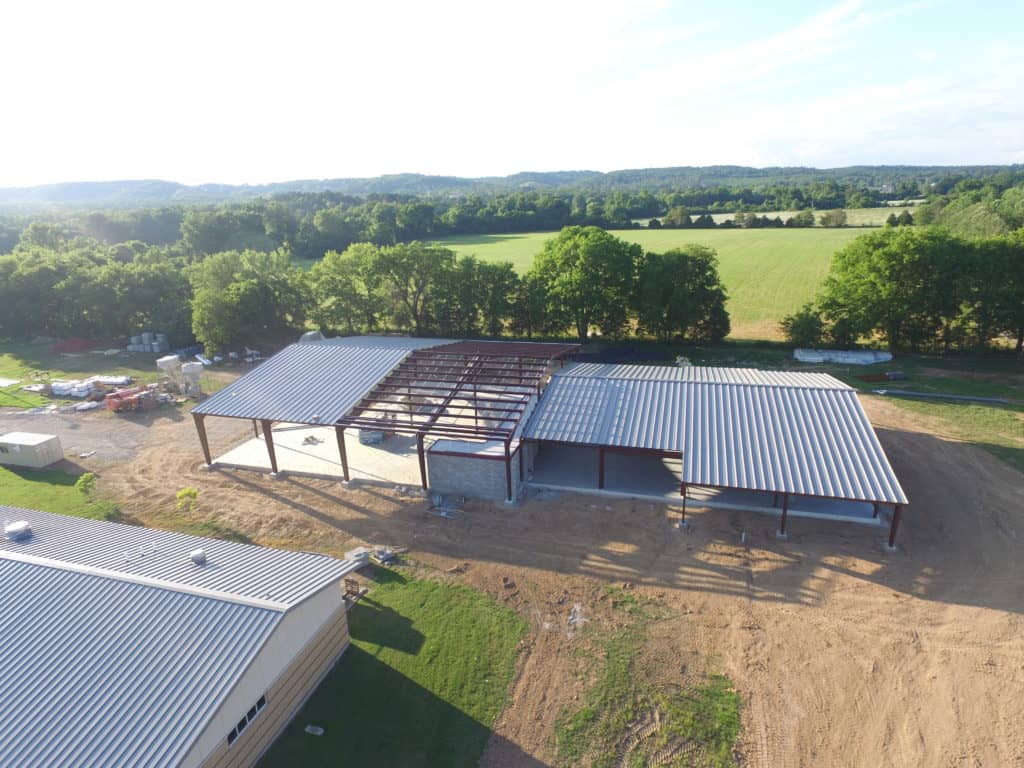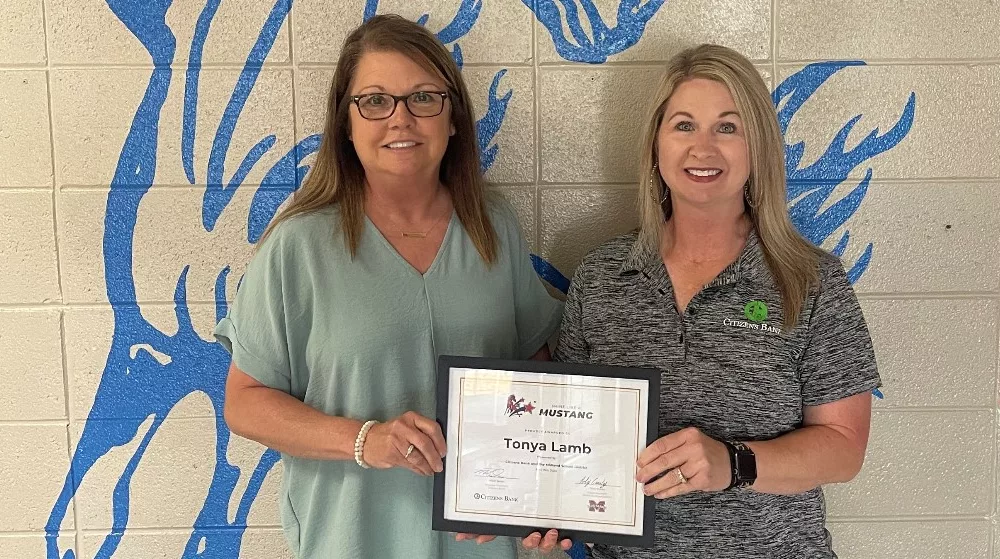Article By
Andrea Bruner
The University of Arkansas Community College at Batesville (UACCB) has partnered with local employers to see how to best train workers to suit their needs.
With UACCB’s new workforce training center currently under construction, the college is making sure the up and coming workforce is being educated and trained to the levels that businesses in Independence County and surrounding areas need.
Dr. Brian Shonk, vice chancellor for academics, said the new facility will greatly expand the space available for the welding; heating, ventilation, and air conditioning; and mechatronics programs. UACCB will begin offering mechatronics this fall and it will be a multi-skill program that involves mechanical, electrical, robotic automation, computer programming, and computer-aided drafting and design.
“Currently we have about 1,000 square feet of shop space for the welding lab, and another 1,000 square feet for a shared HVAC and welding classroom and lab.”
He said it was clear the college had outgrown that space when it received approval to operate a secondary area career center, which would bring even more high school students to the space.
Shonk said the project is expected to be finished by mid-December.
The new facility will have 15,000 square feet, with the front one-third of the building used as a clean learning area and the back two-thirds as a lab space/shop area.
“Both areas will mimic local industry so a student or person off the street will think they walked right into a local employer,” Shonk said.
“We were previously limited in what we could offer, but now we have the space to bring in technology and train students on the latest industry-used equipment,” he added. “This allows us to update our curriculum and replicate what is happening in our local shops. Our local employers have been really good about allowing us to tour their facilities, making recommendations and putting us in contact with various vendors they use.”
Zach Harber, director of career and technical education, agreed the workforce training center is designed to mimic “on-the-job” training in a work environment. For example, students wear workplace uniforms and clock in with a biometric system.
Harber and a small group of UACCB workforce and technical career education employees have been touring more than a dozen facilities across northcentral and northeast Arkansas, talking with plant supervisors and human resource managers about what they want to see in prospective employees.
“As a community college, we are the avenue for education to occur but the core of that partnership is receiving input and recommendations for curriculum based on what business and industry needs to operate,” Harber said.
![Workforce Training Center First Rendering Version 2.0[1].jpg](https://dehayf5mhw1h7.cloudfront.net/wp-content/uploads/sites/1601/2021/04/02040000/Workforce-Training-Center-First-Rendering-Version-2.01.jpg) Artist’s rendering of the Workforce Training Center currently under construction (above) at UACCB. Also pictured: aerial images of the center. / Images and article submitted
Artist’s rendering of the Workforce Training Center currently under construction (above) at UACCB. Also pictured: aerial images of the center. / Images and article submitted

Harber also stressed the importance of the partnership UACCB has with its seven area school districts. The workforce training center will also be a space for the college to provide instruction in its secondary area career center programs.
“The secret ingredient to our success is how well all those components work,” Harber said.
Makerspace
UACCB’s new workforce training center will also include a makerspace with large format printers, computers with high processing capabilities, 3D printers and scanners, electronic components such as small motors, and a variety of metal and woodworking tools from hand tools to CNC (computer numerical controlled) mills and lathes.
Shonk said the college will have three different CNC machines, a plasma cutting table, a mill, and a lathe.
“If you want to make a gear for a motor, if you want to make a bracket for a hinge, if you want to make literally anything out of metal, these machines will do it,” Shonk said.
The makerspace is a first for this community, Shonk said, with the nearest ones being located at Arkansas State University in Jonesboro and The Innovation Hub at Little Rock.
Eventually, the college hopes to create a space for the general public to make use of the space, but for now, UACCB plans to have elementary, junior high and high school students involved in the makerspace.
“The makerspace is a place that when somebody has a great idea they can use the facility to turn the idea into reality,” Shonk said.
“The challenge we have now, all across the country, is engaging students to enter the STEM (science, technology, engineering, and mathematics) fields and even more so, female students,” Shonk said. “We understand we can reach out to them in the 10th and 11th grade, but if we are able to reach out to younger students, they can start exploring ideas, taking courses, become involved in clubs and activities in these fields.”
He said until they try it, kids may not see themselves as the ones who build drones or robots, but the makerspace can jump-start their minds, nurture their creativity and immerse them in learning activities, enough that it will “hopefully excite them about a future career in STEM.”
“If they can build a robot and pick up something at point A to carry it to point B, that might be all that is needed to engage that child in robotics and build the next automated vehicle,” Shonk said.
The college is already seeing the interest in STEM fields build at the elementary level, as evidenced by the registration for Kids’ College summer enrichment program, which begins July 8 for students in grades 1-3 and July 15 for students in grades 4-6. The Cubelet Robot Building course was filled in each of the four time slots available, so that shows Shonk younger kids are eager to try their hands at building their own robots.
Two of the three 3D building classes also filled up at Kids’ College, and the third was on its way.
Harber said the purpose of the makerspace is to maximize resources. “Not every school district needs to have all the skill-specific industrial equipment, as it is very expensive, so if we can consolidate those resources and have it accessible to the public, we can increase that level of exposure to skills that all our industries need.”
He explained that students as early as first and second grade are using technology, and the college is trying to expand students’ horizons with offerings at Kids’ College for elementary ages, engineering camps for junior high and the secondary area career center for senior high students.
“Youth enrichment programs are a priority to heighten business awareness in our community,” Harber said.











